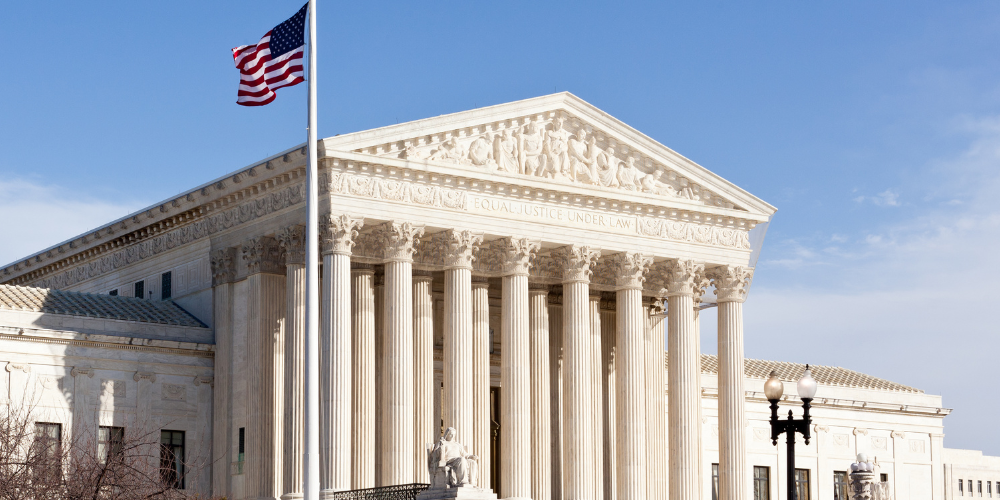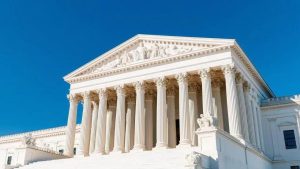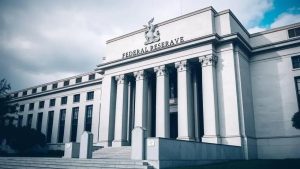Court Strikes Down Trump’s Global Tariff Strategy: A Legal and Economic Turning Point

Anúncios
🚨 A Landmark Decision on U.S. Trade Policy
In a historic legal setback for former President Donald Trump’s economic agenda, a U.S. federal trade court has issued a ruling that blocks the implementation of sweeping global tariffs, a central pillar of his trade policy.
The decision, announced by the Court of International Trade in New York, determined that the legal framework invoked by the Trump administration lacked the constitutional basis for such expansive executive action.
This ruling is poised to reshape the contours of presidential authority in matters of international commerce, drawing sharp responses from political leaders, legal scholars, and financial markets alike.

Anúncios
⚖️ Key Judicial Findings
The Court of International Trade ruled that President Trump exceeded his legal powers by invoking the International Emergency Economic Powers Act (IEEPA) of 1977 to impose tariffs on goods from nearly every major U.S. trading partner.
- Constitutional Basis: The court emphasized that only Congress has the power to regulate foreign commerce.
- Scope Overreach: The judges noted that the tariffs extended far beyond any imminent threat or specific emergency outlined by IEEPA.
- Blocked Tariffs: This decision halts the enforcement of broad-based import taxes, including reciprocal tariffs of up to 145% on Chinese goods, unless the ruling is overturned on appeal.
Although the court did not evaluate targeted tariffs on specific commodities such as steel, aluminum, and automobiles (which fall under different statutes), its judgment nonetheless sends a powerful message about the limits of executive authority.
👥 Who Filed the Lawsuits?
The ruling stems from two high-profile lawsuits:
Anúncios
- Liberty Justice Center, a nonpartisan legal organization, represented small and mid-sized import businesses negatively affected by the tariffs.
- A coalition of twelve U.S. states, including New York, challenged the legality of the tariffs, citing constitutional overreach and economic harm to local businesses and consumers.
Together, these suits mark the first major legal challenge to Trump’s so-called “Liberation Day” tariffs, which were launched with the stated goal of protecting national interests and revitalizing domestic manufacturing.
🏛️ White House Response and Appeal Plans
While former President Trump has not issued a direct comment, the current White House quickly criticized the decision.
It is not for unelected judges to decide how to properly address a national emergency, Kush Desai, Deputy Press Secretary.
Nonetheless, the administration has vowed to appeal the ruling.
Legal analysts believe the case could advance to a more sympathetic appellate court, potentially reaching the U.S. Supreme Court.
💬 Legal and Political Reactions
| Person | Role | Reaction |
|---|---|---|
| Letitia James | New York Attorney General | “The law is clear: no president has the power to single-handedly raise taxes whenever they like.” |
| Paul Ashworth | Chief U.S. Economist at Capital Economics | “The decision throws a wrench in the administration’s fast-tracked trade deal ambitions.” |
| Stephen Innes | Chief Global Market Strategist at SPI Asset Management | “This is a reminder that the Oval Office isn’t a trading desk — and the Constitution isn’t a blank cheque.” 🏛️📉 |
📉 Market Response: A Momentary Relief
Global markets experienced a wave of relief following the court’s announcement:
- Asian Markets opened stronger Thursday morning.
- U.S. Stock Futures climbed, signaling investor optimism.
- U.S. Dollar rose against traditionally safe-haven currencies like the Japanese Yen and Swiss Franc.
- European Markets opened flat but avoided anticipated declines.
These gains suggest that investors were relieved to see a pause in the volatility triggered by erratic tariff policies over recent years.
🧾 What Comes Next?
Despite the ruling, the implementation of changes will not be immediate:
- 10-Day Window: The White House must begin the administrative process to halt the tariffs within 10 days.
- Appeals in Progress: A higher court may review the case and potentially reinstate elements of the policy.
- Refunds Likely: If the ruling is upheld, businesses that paid tariffs may receive full refunds with interest.
However, as John Leonard, former senior official at U.S. Customs and Border Protection (CBP), explained: There will be no immediate changes at the border. Tariffs must still be paid until the appeals process concludes.
📚 Background: How the Tariffs Emerged
The path to this legal clash began on April 2, when President Trump announced an aggressive new global tariff regime:
- A 10% blanket tariff was applied to most countries.
- Reciprocal tariffs were levied on nations such as the EU, UK, China, Mexico, and Canada.
- China faced the steepest hike — a 145% tariff on select goods, prompting retaliatory duties of up to 125%.
The strategy, framed as a way to revitalize American industry, led to years of global market instability, particularly during trade battles with China.
In time, these duties were scaled back as part of diplomatic negotiations:
- The U.S. dropped tariffs on Chinese goods to 30%.
- China reduced its tariffs on U.S. imports to 10%.
Other deals — including bilateral trade agreements with the UK — were also pursued, though these have now been placed in a state of flux.
What About the UK-US Deal?
The UK and U.S. recently reached a limited trade agreement, which included:
- Lower tariffs on cars, steel, and aluminum.
- A separate 10% blanket tariff on most UK goods entering the U.S.
According to legal experts, the court’s ruling does not affect the commodity-specific reductions, but it casts doubt on the broader trade framework that included the blanket tariffs.
The UK government has not issued a direct response but reiterated its intention to implement the deal “as quickly as possible” to benefit British exporters.
EU Negotiations Also in Question
Another unresolved matter is the EU-U.S. tariff relationship:
- Trump previously threatened a 50% tariff on all goods from the EU.
- This threat was paused after European Commission President Ursula von der Leyen requested more time for negotiations.
- The deadline was extended by over a month, though no conclusive agreement has been signed.
The court’s ruling complicates this further. It introduces legal uncertainty that may embolden the EU to renegotiate or delay finalizing new trade terms.
🔍 Broader Implications: A Shift in Trade Doctrine?
This ruling not only limits the powers of one presidency — it reshapes the long-term structure of American trade law.
Key Takeaways:
- Presidential overreach in economic affairs is now legally constrained.
- Congressional authority on trade matters has been reaffirmed.
- Future tariffs may require legislative approval, slowing down reactive economic policies.
Legal experts suggest that this case sets a precedent likely to affect future administrations, Democratic or Republican, who may seek to implement large-scale trade reforms quickly.
📊 Final Thoughts: A Stabilizing Shift or a Temporary Pause?
While immediate market reactions point toward optimism, the long-term picture remains uncertain.
The U.S. government’s response to this legal decision, especially whether it pursues an aggressive appeal or seeks compromise, will determine the next phase in global trade diplomacy.
One thing is certain: a new balance between presidential power, judicial oversight, and congressional authority is emerging.
For businesses, investors, and global partners, that could mean a more predictable and legally grounded trade environment moving forward. ⚖️







